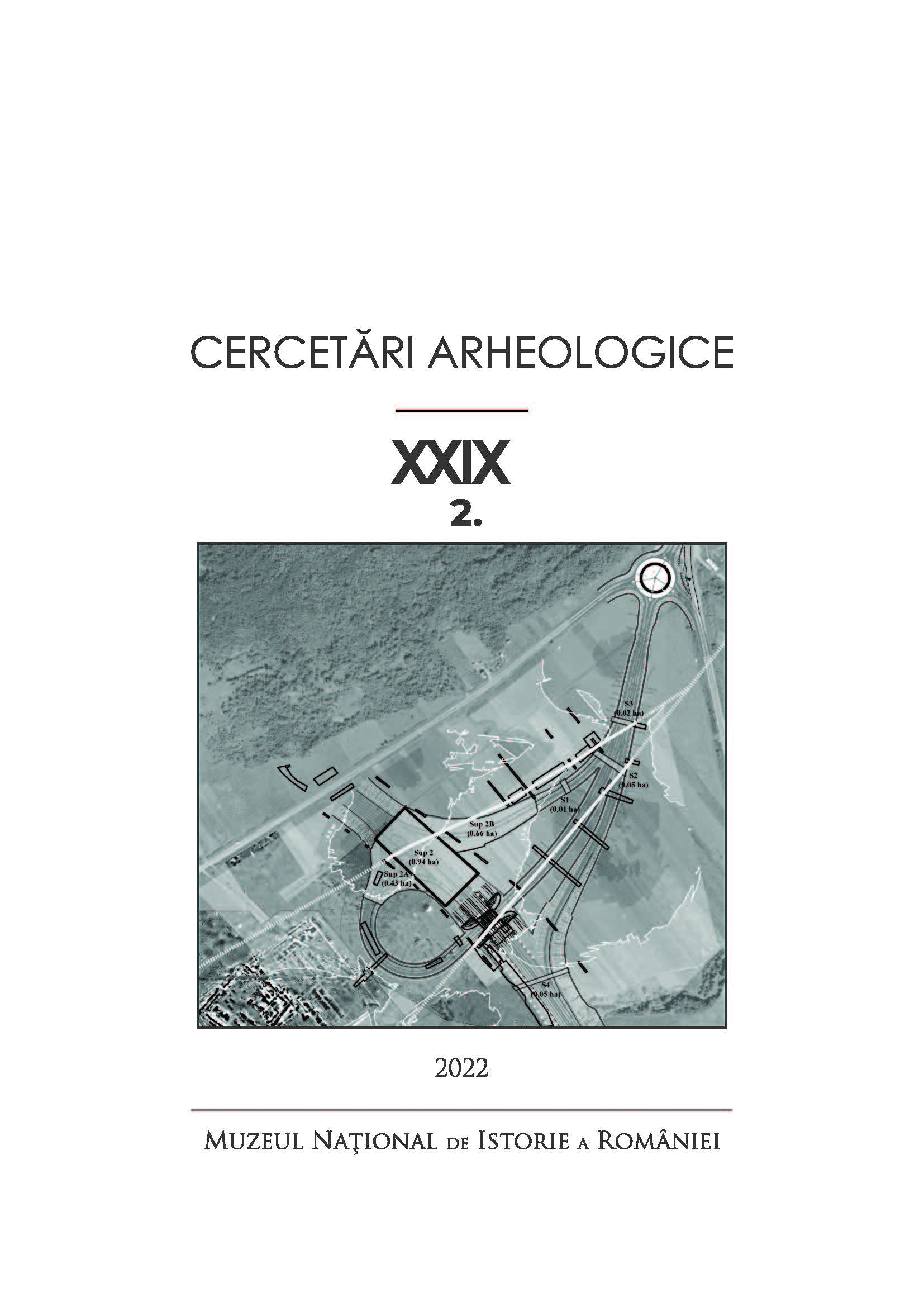Problems in the archaeological study of Medieval Bilhorod and its ceramics (based on the excavations of one of the pottery workshop)
Problems in the archaeological study of Medieval Bilhorod and its ceramics (based on the excavations of one of the pottery workshop)
Author(s): Iryna B. Teslenko, Liudmyla MyronenkoSubject(s): History, Archaeology, Middle Ages
Published by: MUZEUL NAȚIONAL DE ISTORIE A ROMÂNIEI
Keywords: North-western Black Sea Region; medieval Bilhorod; chronology; pottery; ceramics workshop;
Summary/Abstract: The medieval city and fortress built on the ruins of ancient Tyras at the mouth of the Dniester (the territory of modern Bilhorod-Dnistrovskyi, Ukraine) are among the key archaeological sites of the Northern Black Sea region of the late Byzantine and Ottoman times. Despite the long term of excavation in the site and the large explored area, the chronology of its cultural layers and ceramics from them, as well as the declared origin of some groups of the pottery cause reasonable doubts. That is why the re-examination of ‘old’ excavation data from the perspective of new achievements of medieval archaeology and ceramology in the Northern Black Sea region is the focus of our study. The article analyses in detail the excavation materials in the area of one of the pottery workshops, which from 1970s were considered as a reference for dating the construction periods of a medieval settlement outside the fortress walls. The study of the archival documentation and ceramic collections allowed us to find out that the cessation of the activity of the pottery workshop dates back to the second half of the 15th century and not to the beginning of the 14th century as has been regarded before. So subsequent dwellings and other constructions were built, accordingly, more than 100 years later than previously thought. Hence we have obtained a strong case for significantly correcting the chronology of the cultural horizons of medieval Bilhorod. Moreover, it become possible to clarify ideas about ceramic production and the historical topography of the city, as well as to outline the topical questions for future research.
Journal: Cercetări Arheologice
- Issue Year: XXIX/2022
- Issue No: 2
- Page Range: 699-716
- Page Count: 18
- Language: English

